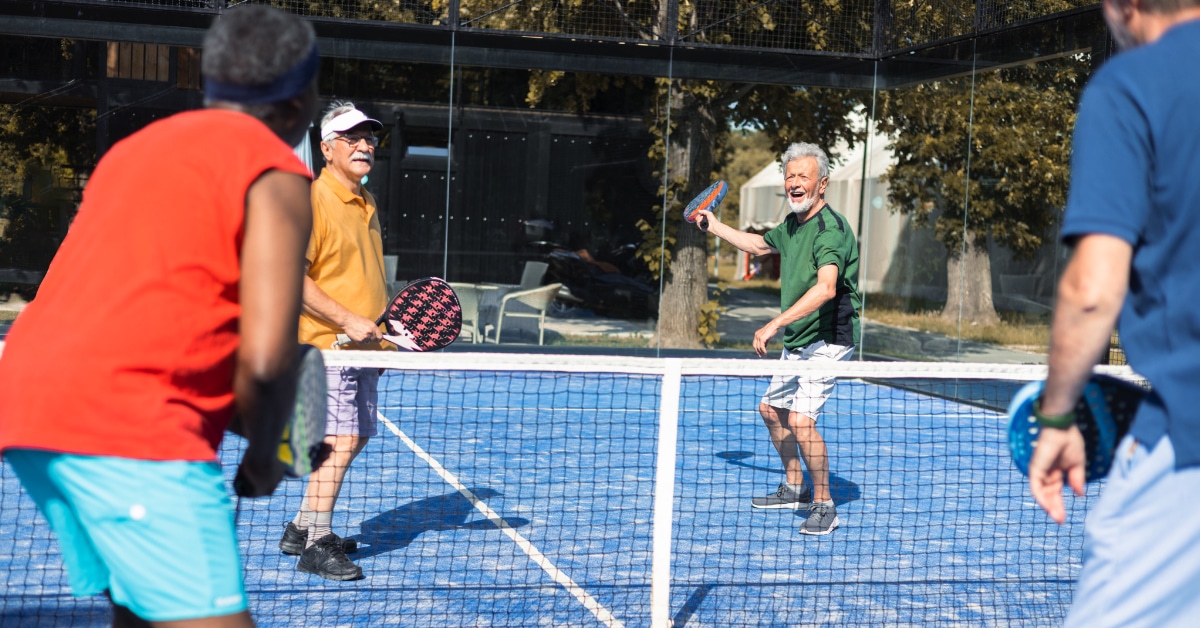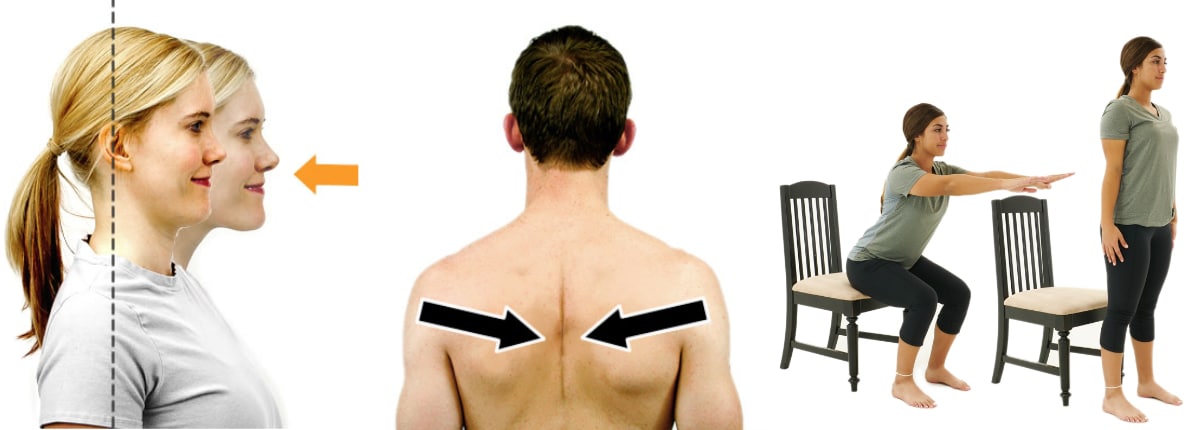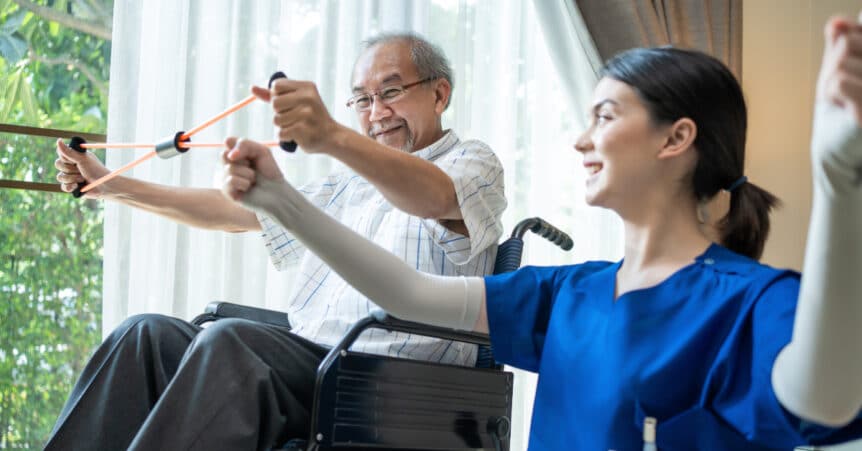Get to know today’s guest author from At Home Telehealth PT!
My name is Hayley Belveal and I’m a mobile physical therapist and owner of At Home Telehealth PT. With At Home Telehealth PT, I bring the clinic to you! I travel to your Austin area home or provide telehealth appointments (Texas residents) for your convenience instead of going into a clinic.
My specialty is in treating patients with orthopedic conditions such as bone, tendon, and muscle issues. I also work with people recovering after surgical joint replacements or surgical repairs to their musculoskeletal system to get them back to their normal function.
Additionally, I help to improve balance, and posture in order to decrease the fall risk in patients who have a history of falls - such as those with Parkinson’s Disease. I enjoy helping people stay active throughout their lifespan.
It is so rewarding to be able to get people back to doing their normal activities such as gardening, pickleball, or even just their normal everyday activities to maintain their independence.
Keys to Maintaining Senior Independence
A lot of people worry about their independence as they age, particularly after an injury. Many folks are unaware of small daily steps that can prevent injury and impact strength, like posture, strength of the back, and stretching.
Working with a physical therapist, who can offer strength-based exercises, dramatically impacts fall prevention and injury which increases health and independence.
For example, if you do abdominal bracing daily (pulling your belly button in toward your spine while breathing), you build the core muscles of your lower back which will decrease the propensity to fall.
Maintaining your independence as you age leads to a better quality of life as well as better all-around health. Our activities often define us and give us a sense of control, belonging, engagement, and mental stimulation.
If our body aches, pains, or injuries start to interfere with the ability to participate in the activities we enjoy, or at the most basic level, activities of daily living like showering, bathing, and cooking, it can cause concern on many levels.
Adult children may worry about what to do if they notice that their parent isn’t getting around as well as they were before. Below are a few tips on how to stay as independent as possible during your retirement and beyond.
See Your Doctor Regularly
Another doctor visit? Yes! Doctors help us stay healthy. It’s a good thing to go to the doctor even if you feel okay. Going for your yearly checkups can make sure any serious health issues are caught early and treated.
Many unchecked health conditions can affect your mobility. For example, if diabetes type 2 is left untreated, it commonly leads to neuropathy in your feet. Neuropathy is damage to your nerves.
In people with diabetes, neuropathy affects the feet and can cause numbness, pain, and tingling. This makes it difficult to balance and walk, which can lead to falls and a continued decline in function. If you catch diabetes early and follow your doctor’s treatment plan, you can slow or even stop this process from occurring.
Another reason to go to the doctor? To check in on your medications. It’s important to have your doctor review your medication list regularly. Some studies have shown that if you are on four or more prescription medications, you are at a higher risk of falling.
Speak with your doctor about other options if you are on a lot of medications, such as decreasing dosages or making lifestyle modifications.
Be sure to let your doctor know if you are having pain, especially if it’s impacting your daily life. They can give you medication to help with the pain or even set you up with physical therapy.
A physical therapist can treat musculoskeletal pain that limits your ability to do activities you did in the recent past. Your physical therapist will use hands-on techniques and provide you with exercises to do that can help improve your mobility.
For example, if pain goes untreated, you may limit your activities (to avoid the pain) and your body will become weaker over time. Weakness can lead to falls and snowball to increased difficulty with other activities.
Keep Active with Something You Enjoy
A great way to maintain your strength and independence is to keep active! Have a hobby. Pick something that you truly enjoy. It can be something completely new to you as well.
YouTube has a lot of free videos you can learn from including anything from dancing to walking in place! Use the Internet or ask friends to find classes offered in the community. (Your local senior center or YMCA might be a great place to start!)
Interacting with others will help you feel connected and further give you a sense of purpose. Hobbies stimulate both your mind and your body.
Pickleball is a great option that can help you stay active, social, and keep your mind sharp. Pickleball is especially beneficial to seniors as a low-impact sport.
Pickleball courts are 44 feet long and 20 feet wide. This is almost half the size of a tennis court. A smaller court means less running wear and tear on the body and joints.
Yet, you still get the cardiovascular benefits of quick bursts of action and an aerobic workout. High intensity, low impact is one of the best ways to work out your body long-term and improve your health, whether you are young or trying to stay young at heart.

Why Movement Matters and how a Physical Therapist Can Help
Movement decreases stiffness in the body and maintains strength. And to many people’s surprise, your posture is a key contributor to either keeping your body feeling good or to issues with pain and injury.
In my career as a physical therapist, I have noticed many people develop a forward head posture as they age, with rounded shoulders and trouble standing upright. This results in tightness in the muscles in front of the body and weakness in the muscles in the back. Over time this positioning can throw off your balance, make it more difficult to get out of chairs, cars, and the bed, and even cause pain.
Think about your body position during the day. Try to move in the opposite direction to decrease stiffness and maintain strength. For example, bring your head back so your ears are over your shoulders, squeeze your shoulder blades together (down and back – not up!), and practice getting in and out of a chair making sure to squeeze your buttocks and stand tall before sitting back down again.

Should you feel off balance or need help with day-to-day activities, there are tools that can help you stay active while being safe. I meet with many clients to show them such tools, like easy daily exercises to improve posture and build strength.
You may need to use a cane to steady your body. People often resist using a cane at first, but find they feel more confident and safer continuing activities. Another common household upgrade to maintain independence involves installing grab bars by the toilet or shower.
These modifications are great because they keep you independent while providing an added measure of safety and stability for daily tasks. It may be that some days you need to use them, while other days you don’t need them.
Physical therapy can also help with general weakness and declines in balance over time as well as give recommendations on what tools may benefit you. Fall prevention is a common topic that is discussed with my clients and their families, as there are strategic movements that I teach to prevent clients from falling.
For example, stand in front of a countertop with one foot in front of the other like you are walking a tight rope. Try to balance for 10-30 seconds without holding on to the counter. Then switch which foot is in front. If this is too difficult then stand with your feet close together.
Physical Therapy is a Helpful Part of Senior Independence
If you or a loved one is struggling with safety while living independently, consider making some changes. Ensure any health conditions are treated and you or your loved one are keeping as (safely) active as possible. This will help maintain quality of life and health as you age.
If certain movement causes pain, be sure to ask your doctor about physical therapy for you or a loved one – especially if you notice declining function and independence. This could be something as insignificant as pain in your shoulder reaching into an overhead cabinet or as serious as repeated falls throughout the day that aren’t improving.
Does Medicare Cover Physical Therapy?
As always, Medicare coverage for specific treatments can vary depending on which type of Medicare plan you have.
On traditional Medicare, once the deductible is met, Medicare covers 80% of therapy costs. If the patient has secondary insurance, they typically cover 20%.
You can (and should!) consult with your Medicare representative to find out exactly what your out-of-pocket costs will be.

